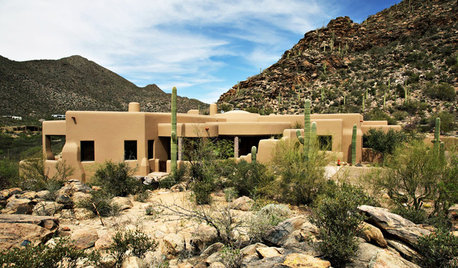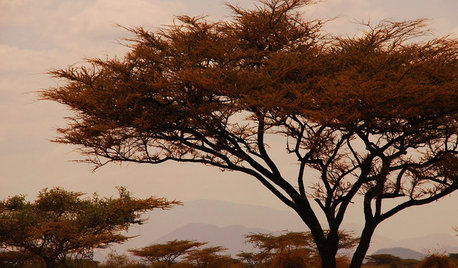Pine tree roots
frnc
17 years ago
Featured Answer
Sort by:Oldest
Comments (21)
wisconsitom
17 years agolast modified: 9 years agoconifers
17 years agolast modified: 9 years agoRelated Professionals
Wrentham Landscape Architects & Landscape Designers · Camas Landscape Architects & Landscape Designers · Carson Landscape Architects & Landscape Designers · Deer Park Landscape Architects & Landscape Designers · Fort Lee Landscape Architects & Landscape Designers · Manorville Landscape Architects & Landscape Designers · Wilmington Landscape Contractors · Commack Landscape Contractors · Hilton Head Island Landscape Contractors · Live Oak Landscape Contractors · Ponte Vedra Beach Landscape Contractors · Round Lake Landscape Contractors · West Orange Landscape Contractors · Westford Landscape Contractors · San Pablo Landscape Contractorsspruceman
17 years agolast modified: 9 years agoken_adrian Adrian MI cold Z5
17 years agolast modified: 9 years agowisconsitom
17 years agolast modified: 9 years agopineresin
17 years agolast modified: 9 years agofrnc
17 years agolast modified: 9 years agoconifers
17 years agolast modified: 9 years agospruceman
17 years agolast modified: 9 years agopinetree30
17 years agolast modified: 9 years agospruceman
17 years agolast modified: 9 years agofrnc
17 years agolast modified: 9 years agopinetree30
17 years agolast modified: 9 years agospruceman
17 years agolast modified: 9 years agopinetree30
17 years agolast modified: 9 years agospruceman
17 years agolast modified: 9 years agopinetree30
17 years agolast modified: 9 years agospruceman
17 years agolast modified: 9 years agotanjajanina
6 years agoSmivies (Ontario - 5b)
6 years ago
Related Stories

Rooting for Indoor Trees
Houseplants tend to get all the glory indoors, but trees deserve their place in the sun — and in your living room, your entryway, your ...
Full Story
GARDENING GUIDESThe Beauty of Bare-Root Plants
Plant dormant trees and shrubs in fall using the easy, affordable bare-root method and enjoy beautiful results in spring
Full Story
ARTThe Beauty of Bonsai — Living Art, Rooted in Harmony
Create your own emblem of nature's balance with an art form dating back 1,000 years
Full Story
TRADITIONAL ARCHITECTURERoots of Style: Pueblo Revival Architecture Welcomes Modern Life
Centuries-old details of adobe construction still appeal in the desert Southwest, adapted to today's tastes
Full Story
FEEL-GOOD HOMERejuvenate Your Home With Deep-Rooted Traditions
Give the subtle energies and spiritual side of your home some attention, and watch newfound calm and beauty blossom
Full Story
GARDENING GUIDESTree Care: Common Tree Diseases and What to Do About Them
Learn to recognize trees that may be affected by diseases or pests so you can quickly take action
Full Story
LIFETracing the Deep Roots of Design
Are our design choices hardwired? Consider the lasting appeal of forms from the hunter-gatherer life
Full Story
FURNITUREWood Furniture Has Root Cause
Sustainability is just the beginning with Robin Wade's lovingly made 'rustic modern' wood furnishings
Full Story
GARDENING GUIDESHow to Keep Your Trees Healthy
Ensure your trees’ vigor for years to come with these tips for protecting roots, watering effectively and more
Full Story
ARCHITECTURERoots of Style: Spanish Eclectic Homes Find a Place in the Sun
Flexible stucco, intricate tiles and more have kept this multicultural style going strong for a century
Full StorySponsored
More Discussions









stuartlawrence (7b L.I. NY)